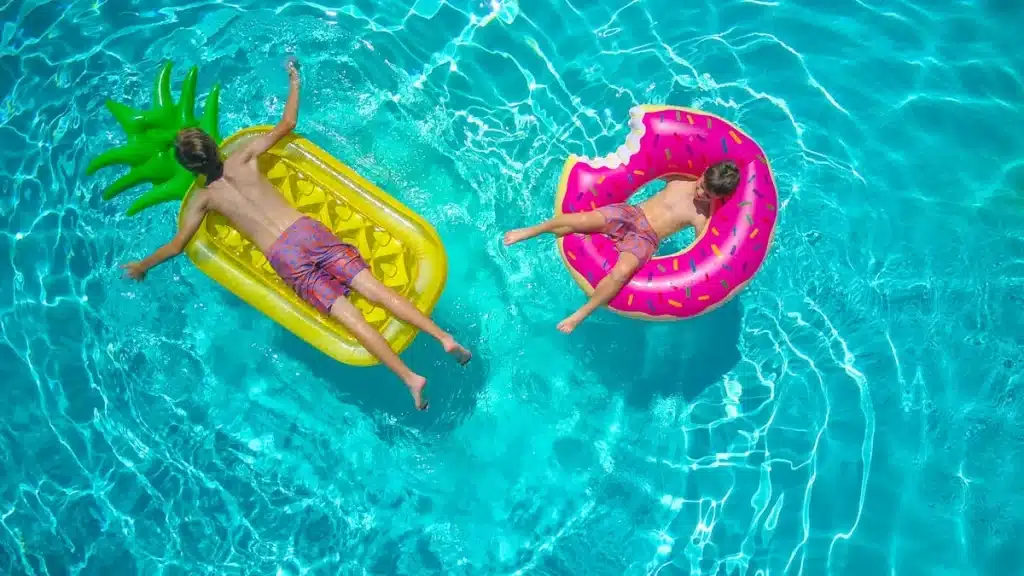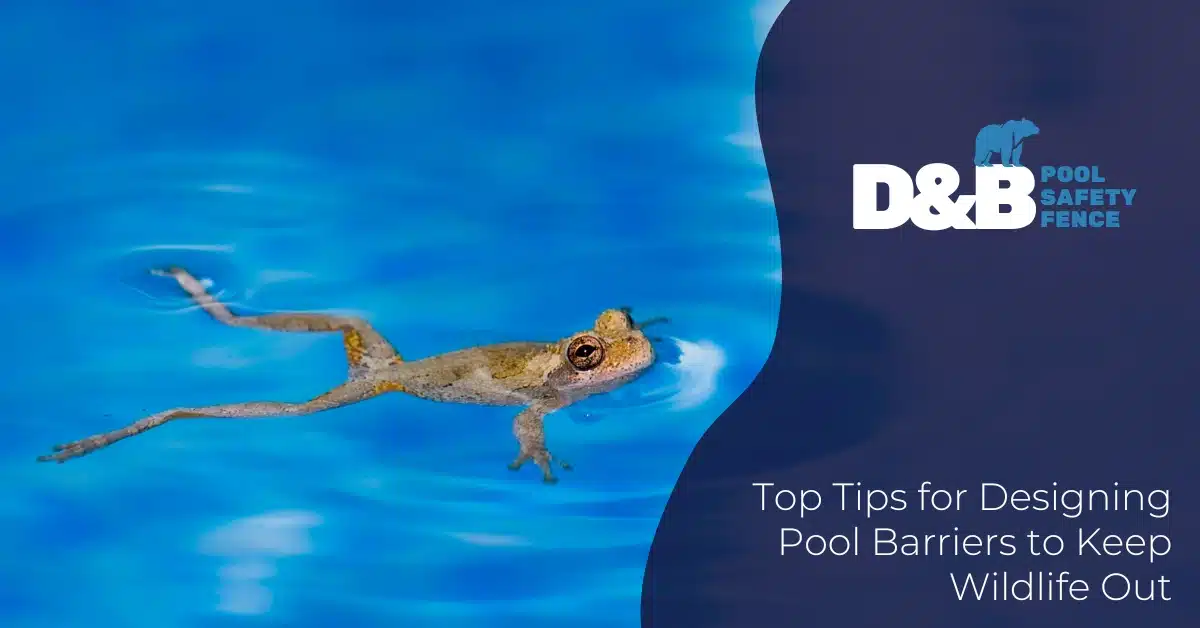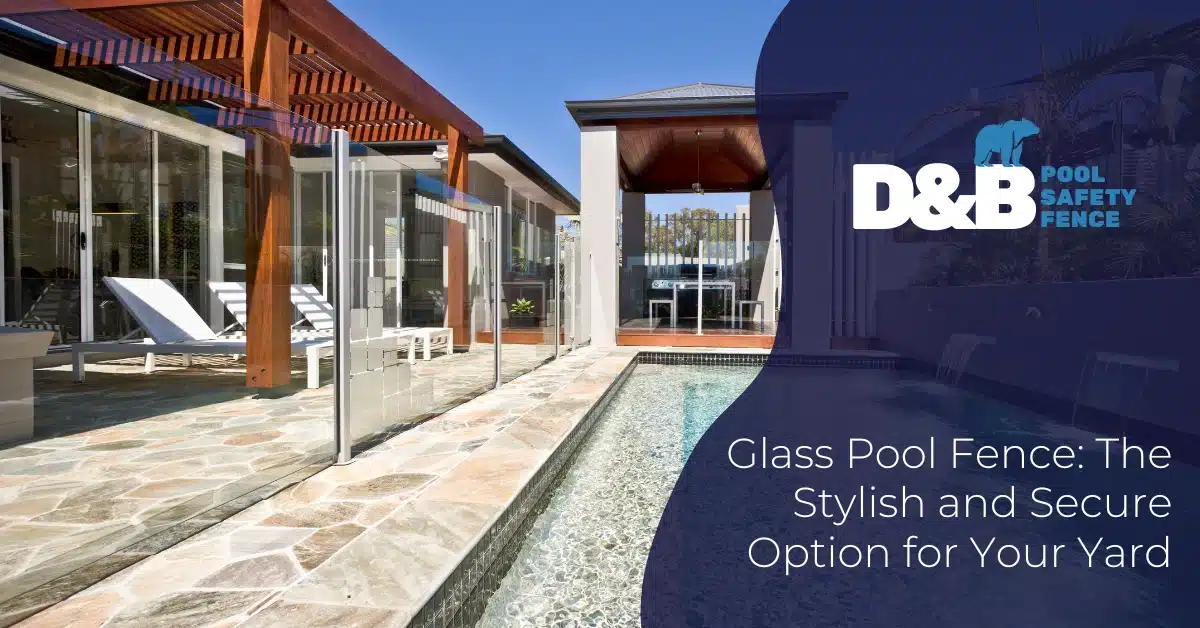Owning a pool in Florida is a wonderful way to enjoy the sunshine and create lasting family memories. However, with this luxury comes the responsibility of ensuring your pool is a safe environment, especially for young children. One of the most effective ways to enhance safety is by installing baby gates for pools. In this guide, we’ll explore why these gates are essential, how they help protect your family, and how to choose the right one for your home.
The Importance of Pool Safety Fencing in Florida
Florida’s warm climate makes swimming pools a common feature in many homes. Unfortunately, the state also has one of the highest rates of child drowning incidents in the nation. According to the Florida Department of Health, drowning is the leading cause of death for children ages 1 to 4 in Florida. With such alarming statistics, it’s crucial for pool owners to take all necessary precautions to ensure their pool is a safe space.
Florida’s Pool Safety Laws
To address these statistics, Florida has specific laws in place to promote pool safety. The Residential Swimming Pool Safety Act requires that residential pools have at least one safety feature, such as a barrier, pool cover, baby gates for pools, or an alarm, to prevent unsupervised access by young children. Compliance with these laws not only ensures safety but also helps pool owners avoid legal complications.
Ensuring Compliance
Installing baby gates for pools is an effective way to comply with Florida’s pool safety laws. By having a proper barrier in place, you reduce the likelihood of accidents and provide peace of mind for yourself and your loved ones.
The Dangers of Unsecured Pools
Unsecured pools present a significant risk to young children. Even a momentary lapse in supervision can lead to a dangerous situation. Having a baby gate installed around your pool is a simple yet highly effective measure to prevent accidents and keep your children safe.
Reducing Risk with Baby Gates for Pools
Installing a baby gate is not just about compliance; it’s about actively reducing the risk of unsupervised access. A properly installed baby gate can be the difference between a safe environment and a potential tragedy.
Choosing the Right Baby Gates for Pools
Choosing the right baby gate for your pool involves considering several factors to ensure both safety and durability. Not all gates are created equal, and it’s important to select one that meets the unique needs of your pool area.
Material of Baby Gates for Pools
Florida’s humid and sunny climate can be tough on materials, so selecting a baby gate made from the right material is key to ensuring longevity and effectiveness.
Rust-Resistant Options
Opt for gates made from rust-resistant metals or durable mesh that can withstand Florida’s weather. Materials like powder-coated aluminum or stainless steel are excellent choices for preventing rust and corrosion. Mesh pool fences are also popular because they’re strong, see-through, and can handle the Florida sun without fading or weakening.
Durability and Maintenance
When selecting a baby gate, consider how easy it is to maintain. Durable materials that require minimal upkeep are ideal for busy families. Regularly inspecting the gate for signs of wear and tear can help ensure it remains effective.
Height and Structure of Pool Baby Gates
The height and structure of your baby gate are important factors in ensuring safety. A gate that’s too short may not provide adequate protection.
Minimum Height Requirements
The gate should be at least four feet high to prevent children from climbing over it. This height is typically sufficient to keep young children from scaling the barrier.
Secure Design
Choose gates that are designed without handholds or footholds to discourage climbing. A smooth, vertical design is best for preventing little ones from attempting to climb over the gate.
Locking Mechanisms on Baby Gates for Pools
A reliable locking mechanism is essential for any pool gate. The gate should be easy for adults to operate but challenging for young children to open.
Self-Closing and Self-Latching Features
Look for self-closing and self-latching gates to ensure the gate automatically closes and locks behind you. These features are particularly important because they reduce the risk of the gate being accidentally left open, which could lead to dangerous situations.
Childproof Locks
A childproof lock adds an extra layer of safety. Ensure that the lock is out of reach of young children to prevent them from tampering with it.

Additional Pool Safety Measures
While baby gates for pools are a significant safety feature, combining them with other precautions can further protect your children and provide a safer pool environment.
Constant Supervision
Supervision is one of the most effective safety measures you can take. No barrier or safety feature can replace the importance of actively watching your children when they are near the pool.
Designate a Water Watcher
Assign an adult as a “water watcher” whenever children are swimming. This designated person should avoid distractions, such as using their phone or reading, to ensure they can fully focus on the children in the pool.
Supervision Tips
Make sure to rotate the “water watcher” role among responsible adults, especially during gatherings. This helps prevent fatigue and ensures that someone is always actively supervising the pool.
Swimming Lessons
Teaching children to swim is a life-saving skill that can help prevent accidents. Swimming lessons not only provide your children with confidence in the water but also equip them with essential survival skills.
Starting Early
It is recommended to start swimming lessons at an early age to build comfort and familiarity with the water. Even toddlers can learn basic water skills that can help keep them safe.
Certified Instructors
Organizations like the American Red Cross offer lessons taught by certified instructors. Ensure that the lessons are conducted by professionals who understand the specific needs of young children and can create a safe learning environment.
Emergency Preparedness
Being prepared for emergencies is crucial when it comes to pool safety. Accidents can happen despite the best precautions, and knowing how to respond can make all the difference.
CPR Training
Learning CPR can be life-saving in the event of an emergency. Courses are available through the American Red Cross and other local health organizations. Parents, caregivers, and older children should all consider taking a CPR course.
Lifesaving Equipment Checklist
Keep lifesaving equipment, such as life rings, reaching poles, and a first aid kit, near the pool area. Make sure these items are easily accessible and regularly inspected to ensure they are in good condition.
Conclusion
Your pool should be a place of fun and relaxation, not worry. By installing a baby gate and taking additional safety measures, you can enjoy peace of mind knowing your children are protected. Pool safety is a shared responsibility, and taking proactive steps today will help ensure that your family can safely enjoy your pool for years to come.
Ready to make your pool a safer place? Contact MakeMyPoolSafe.com for a free consultation. We’re here to help you choose and install the perfect baby gate for your pool, ensuring your family’s safety for years to come.






